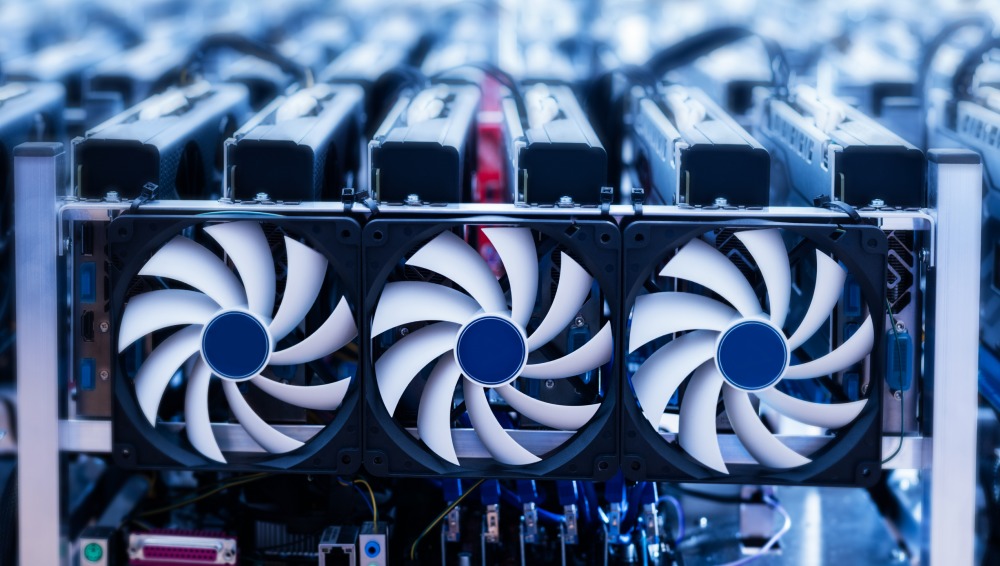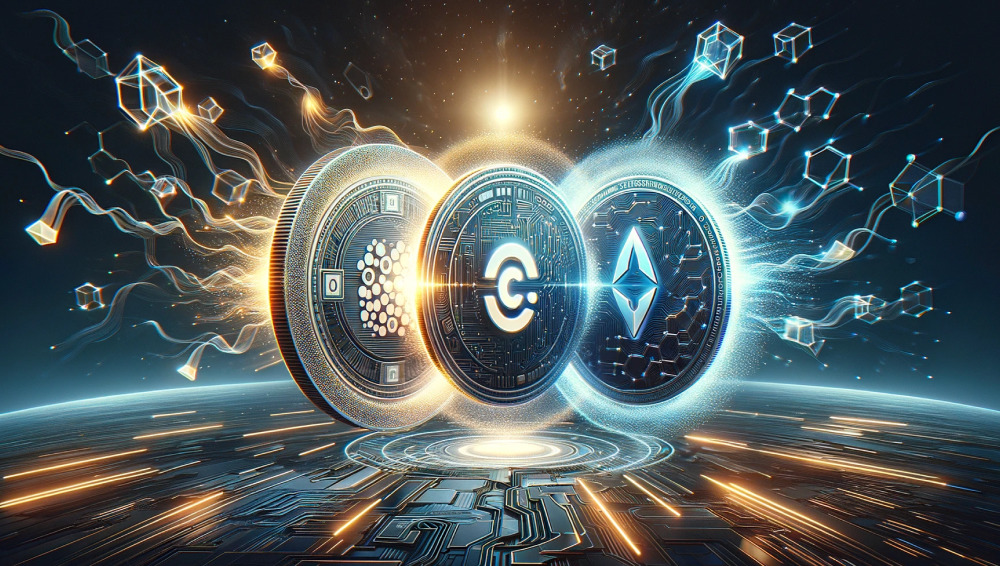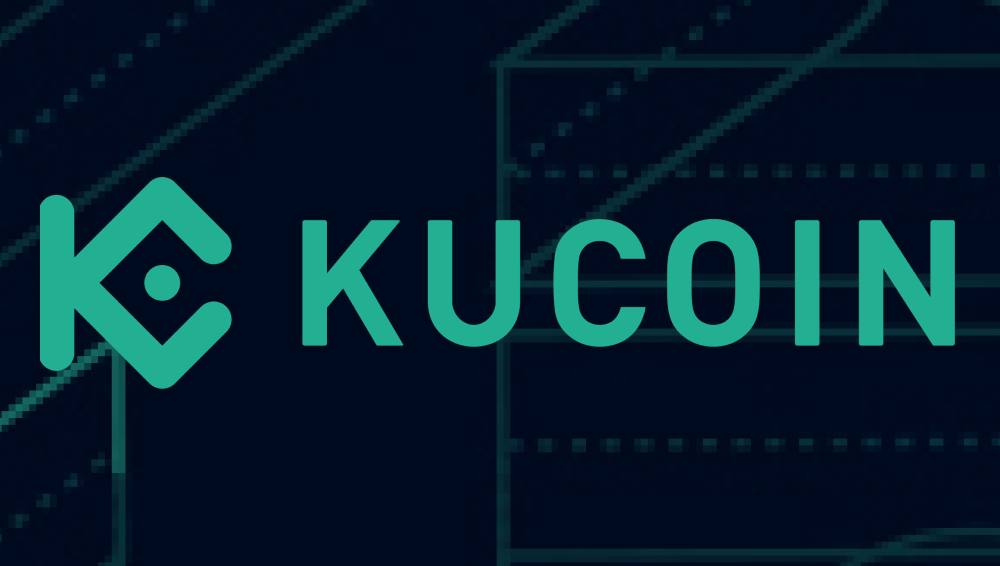Quick Summary:
- Dodgy deals accounted for about 45% of NFT transaction volume in 2022.
- LooksRare and X2Y2 had the highest rates.
- The amount of wash trading may be reduced if serious regulations are introduced.
Related: 97% of Tokens Launched on Uniswap Would be Scams or Rug Pull
Wash Trading
Market manipulation known as wash trading involves creating fictitious transactions that look like genuine transactions on traditional markets. In the trading of fungible crypto assets, there were many instances of wash trading. Currently, wash trading continues to plague the NFT market. Wash traders tend to do so in order to gain an advantage over the wider market.
NFT Wash Trading
To put it simply, the most common method involves trading your own NFTs between two wallets you control for the highest amount of ETH. The goal is to accumulate token rewards that outweigh gas fees.
Data analysts have had a difficult time tracking marketplace usage due to the boom in wash trading.
These trades often heavily impact overall trading volume, even though only a small percentage of users engage in this practice. As a result, trading volume is a far less reliable metric. Therefore, many analytics platforms filter out this inorganic behavior, but with little transparency on how they do it.
Statistics
Dodgy deals accounted for about 45% of NFT transaction volume in 2022, according to Dune Analytics.
Approximately 80% of all NFT trading was conducted in wash in January.
The analytical framework applied four filters to eliminate unusual speculative trading that most likely indicated wash trading:
- Wallet addresses were prohibited from making large NFT trades between them.
- A second common washing technique involved transactions between two wallet accounts of the same NFT.
- Third, given the peculiar circumstances, an address that purchased the same NFT three or more times was recorded as having made a wash transaction.
- Lastly, if the buyer and seller in an NFT deal had wallets funded by the same account, it was clear that a relationship existed between them, and the trade was classified as a wash.
The total amount of NFT trading activity that can be attributed to wash trading is over $30 billion after all the filters are applied. However, this represents only about 1.5% of Ethereum’s total trading volume.
In terms of wash trading, LooksRare and X2Y2, which both reward members for participating in network activities, had the highest rates, at 98% and 87% respectively.
Future of NFT Wash Trading
Rapid evolution and maturation is taking place in the NFT space. A more competitive environment has emerged in 2022, and platforms have become increasingly focused on capturing a larger share of the market. It wasn’t long before well-intentioned schemes aimed at incentivizing usage began to emerge in order to get ahead in the race to attract these volumes.
There has been an increase in wash trading as a result of this, which is still in a gray area of law and distorts key metrics used by analysts.
Conclusion:
Apart from the speculation that regulations are coming, wash trading is relatively unrestricted at the moment. The amount of wash trading may be reduced if serious regulations are introduced. There is a problem with these regulations – they are likely not to apply everywhere, and we know that many bad actors ignore them or find some way to circumvent them.
Disclaimer: This article is provided for informational purposes only. It is not offered or intended to be used as legal, tax, investment, financial, or other advice.






